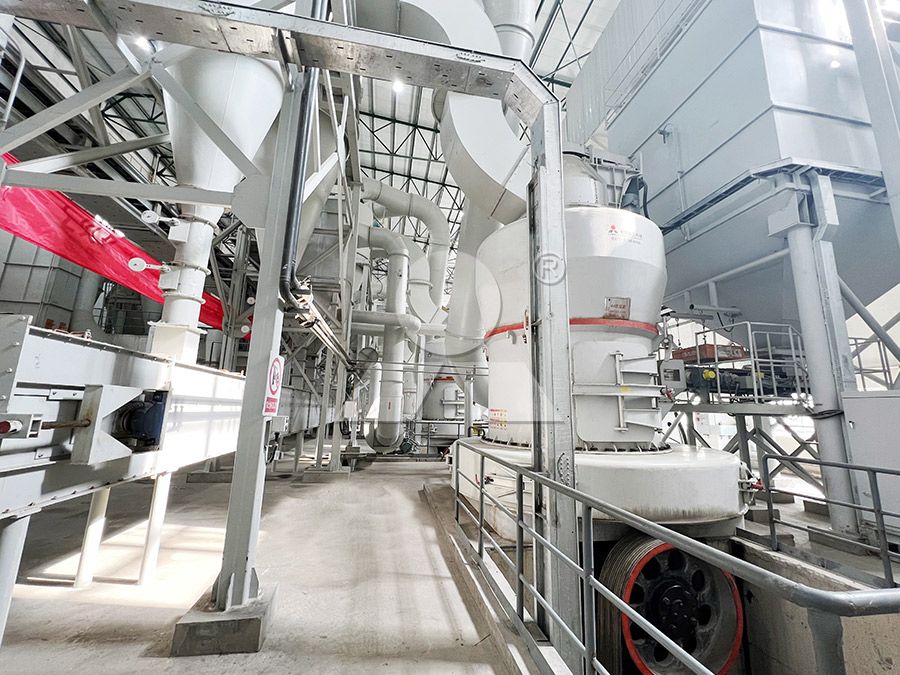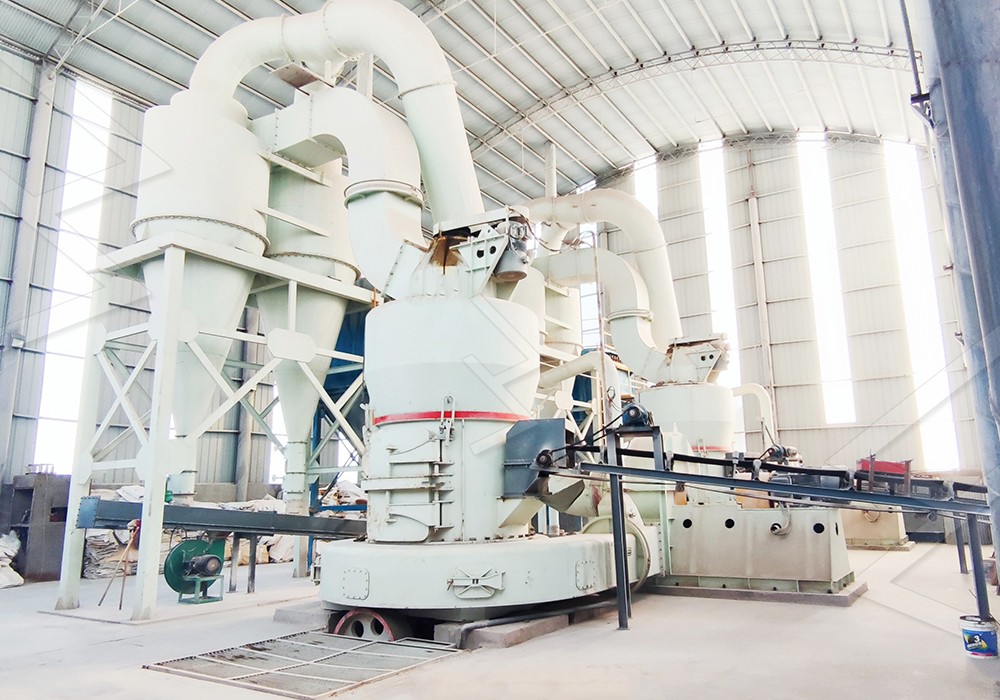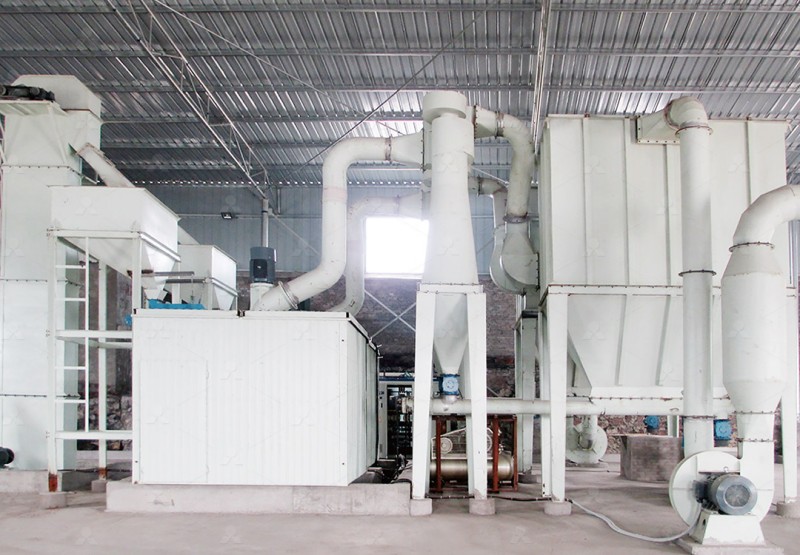Allis Chalmers SAG Mills: Operation, Maintenance & Parts Manuals
We provide a wide range of mills — including Raymond mill, trapezoidal mill, vertical mill, ultrafine mill, and ball mill, obtained ISO9001 international quality certification, EU CE certification, and Customs Union CU-TR certification. Suitable for processing minerals such as limestone, phosphate, quicklime, kaolin, talc, barite, bentonite, calcium carbonate, dolomite, coal, gypsum, clay, carbon black, slag, cement raw materials, cement clinker, and more.
The discharge range of these mills can be adjusted to meet specific processing needs, typically from 80-400 mesh, 600-3250 mesh, and can achieve the finest particle size of up to 6000 mesh(D50).
If you are looking for a reliable grinding solution to turn stone or minerals into fine powder, please feel free to contact our online customer service.
Allis Chalmers SAG Mills: Operation, Maintenance & Parts Manuals
When it comes to semi-autogenous grinding (SAG) mills, Allis Chalmers has been a trusted name in the industry for decades. These robust machines are designed to handle the toughest grinding tasks, but like any heavy-duty equipment, they require proper operation, regular maintenance, and access to genuine parts to ensure optimal performance and longevity.
Operation Best Practices
Proper operation is key to maximizing the efficiency and lifespan of your Allis Chalmers SAG mill. Always ensure that the mill is started with no load to prevent unnecessary stress on the motor and drive system. Monitor the feed rate consistently to avoid overloading, which can lead to reduced grinding efficiency and increased wear on liners and grinding media. Keep an eye on the mill’s sound and vibration levels; any unusual noises or excessive vibrations could indicate issues such as uneven feeding, liner damage, or problems with the bearings.

Maintenance Guidelines
Regular maintenance is essential to keep your SAG mill running smoothly. Develop a scheduled maintenance plan that includes daily inspections of the mill’s exterior for signs of wear or leaks, weekly checks of lubrication systems, and monthly thorough examinations of critical components like liners, trunnions, and gears. Always use genuine Allis Chalmers parts for replacements to ensure compatibility and reliability. Keep detailed records of all maintenance activities to track wear patterns and predict future part replacements.
Genuine Parts and Manuals
Using genuine Allis Chalmers parts is non-negotiable for maintaining the integrity of your SAG mill. Counterfeit or incompatible parts can lead to premature failure, unsafe operation, and voided warranties. Always refer to the official operation and maintenance manuals for your specific mill model. These manuals provide detailed instructions, part numbers, and safety guidelines tailored to your equipment.

Upgrading Your Grinding Circuit
While Allis Chalmers SAG mills are workhorses, sometimes operations require additional fine grinding capabilities or need to process ultra-fine materials. For such needs, consider integrating an ultrafine grinding solution into your circuit. Our MW Ultrafine Grinding Mill is an excellent choice, designed to produce ultra-fine powder with high efficiency. It handles inputs up to 20 mm and offers a capacity range of 0.5-25 tph, making it a versatile addition for operations looking to enhance their product range. Its innovative design features higher yielding and lower energy consumption compared to traditional jet or ball mills, and it produces powder with adjustable fineness between 325-2500 meshes.
Another remarkable option for fine and ultra-fine grinding is the LUM Ultrafine Vertical Grinding Mill. It integrates grinding, grading, and transporting into one unit, offering a capacity of 5-18 tph with an input size of 0-10 mm. It’s perfect for producing superfine dry powder of non-metal ores like calcite, marble, and limestone. Its energy-saving multi-head powder separating technology and reversible structure for easier maintenance make it a superior choice for modern processing plants.

Conclusion
Maintaining an Allis Chalmers SAG mill requires dedication to proper operation, a rigorous maintenance schedule, and the use of genuine parts. By following the guidelines outlined in the official manuals and considering modern grinding solutions like the MW or LUM mills for specific applications, you can ensure your grinding circuit operates at peak efficiency for years to come.
